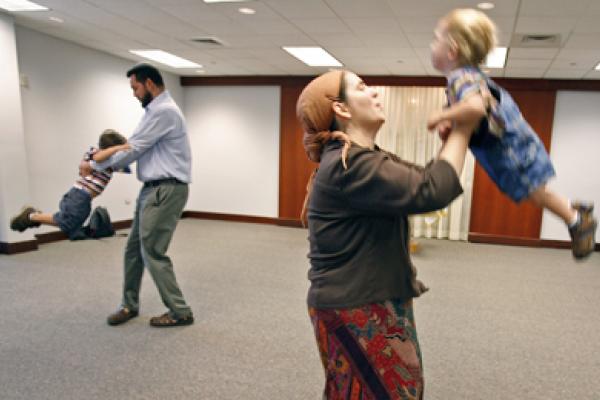Seven years after Hurricane Katrina toppled a nearby floodwall and drowned their synagogue, and after a seven-year journey praying in hotel meeting rooms, then in rooms borrowed and rented from another congregation, the 100 or so families of Congregation Beth Israel are finally home.
The wandering congregation moved into their new synagogue in suburban Metairie on Aug. 26, three days before the Katrina anniversary and two days before Hurricane Isaac hit landfall in Louisiana.
With a short parade that included a New Orleans brass band, clergy and friends ceremonially carried their five sacred Torahs to their home in Beth Israel’s new ark.
There’s a passage from Hebrew Scripture from the Song of Solomon carved into the ark’s face: “Mighty waters cannot extinguish our love.”
Read the Full Article

